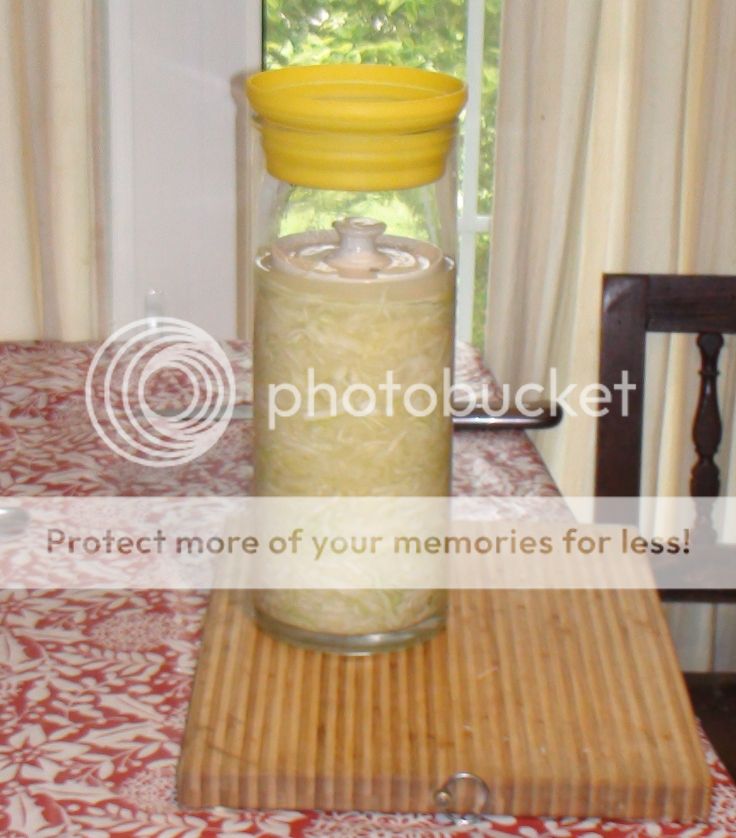BEAUTIFUL crock.
My question is, are there rules of thumb for evaluating old crocks? Are there ways to discern age, geographical origin, maker, glaze type, or likelihood of unwelcome heavy metals, perhaps by shape, color, glazing style, et cetera? Is a "salt glaze" an indicator of safety as some say, and how do you tell if that's what you've got? What are things y'all look for if and when you consider buying a used crock?
I've found this to be a very muddy issue too. I've done a lot of reading, researching, testing, talking to pottery makers and food experts - and I'm still confused on many points. But I'll share what I've learned, and some experiences, maybe you'll find something useful.
First, age and location are only general guidelines to think about when it comes to food safety. There are still many pottery crocks being made today with heavy metals in the glaze that can leach into food.
There are apparently kits that you can buy to test for lead and other heavy metals in pottery. I haven't tried one yet.
There are rules of thumb for evaluating old crocks, but I don't know many of them. A lot of it had to do with the shape and the composition of the clay, style of painting, &c. I've seen books on this at the library at our local University. Antique dealers may have a good reference on the topic.
If memory serves, some colours of glaze are more likely to have problematic heavy metals. Yellow was... I think... cadmium. White can contain lead. This is going from what a person at the pottery studio told me, and I can't confirm it's correct. Hopefully someone else will chime in on this one.
What I look for when buying an old crock is how beautiful it is to me. Would I be happy to keep it if I couldn't use it for food? The ability to hold water is my next big thing to look at. Even without obvious cracks, some crocks leek. I've had one seep water through the tiny cracks in the glaze and out the bottom, slowly so you would hardly notice, but still, not good.
I don't know salt glaze, so I can't help there.
One thought I've had, is that cooking and fermenting are very different. Different temperatures, chemical reactions, &c and so on. I've often wondered why we don't have different criteria for evaluating the food safe nature of a crock for cooking vs fermenting.
A fermenting pot with cracks and chips on the inside is undesirable, in my experience, as it can harbour invisible beasties (both good and bad) that will alter your ferment. This may be perfect if you are using wild yeast to make a beer or mead. But most of the time, it makes the flavour of the ferment unpleasant, or causes early spoilage of the contents. One way to get around this, is to line the crock with a heavy plastic bag, but I don't usually do this as I don't like plastic touching most of my fermented foods. I do, however do this with long fermented miso as I've seen many Japanese people use it.
I'm looking forward to what other people have to say.

 1
1






 1
1















 1
1
















 2
2










